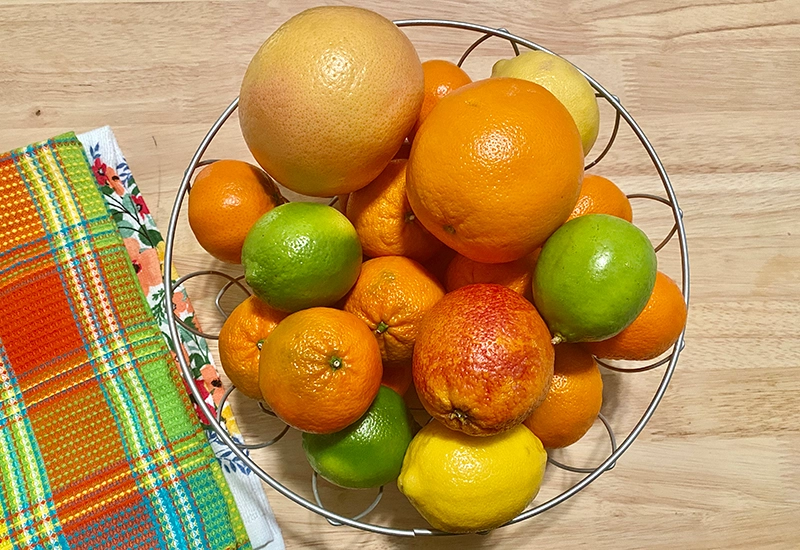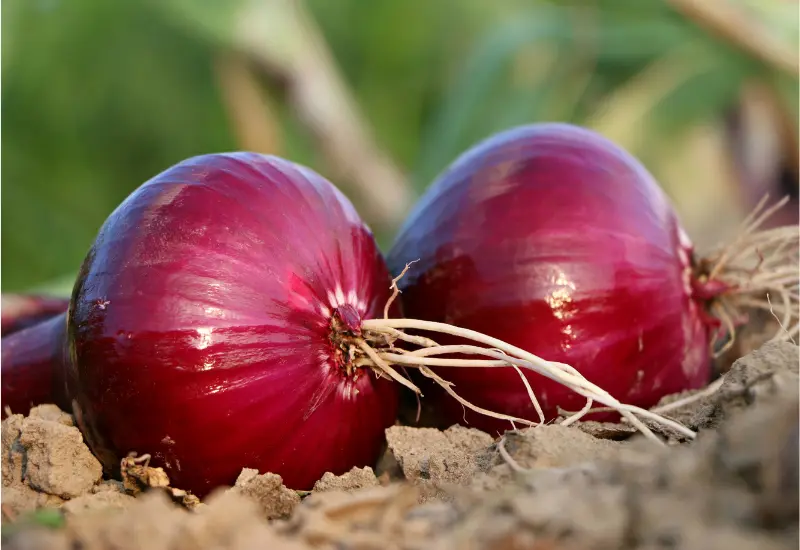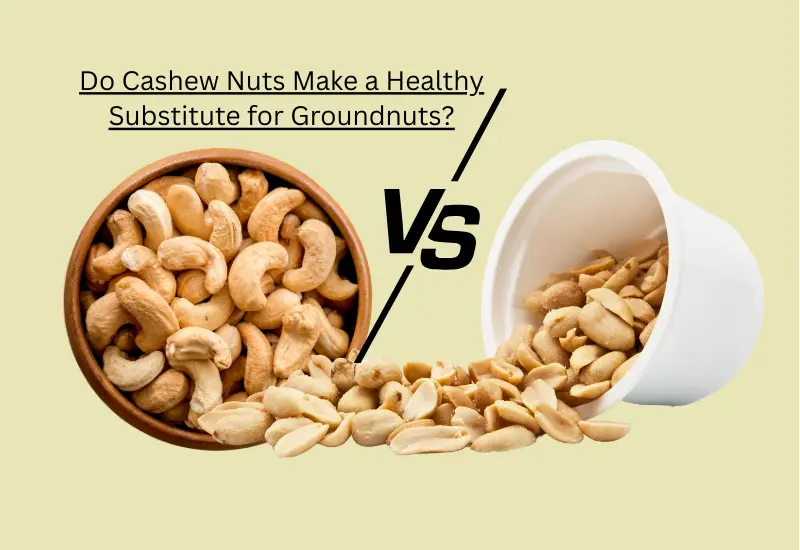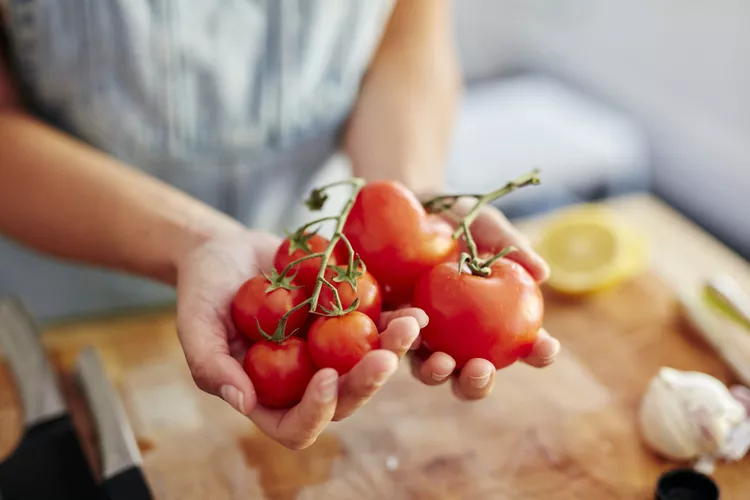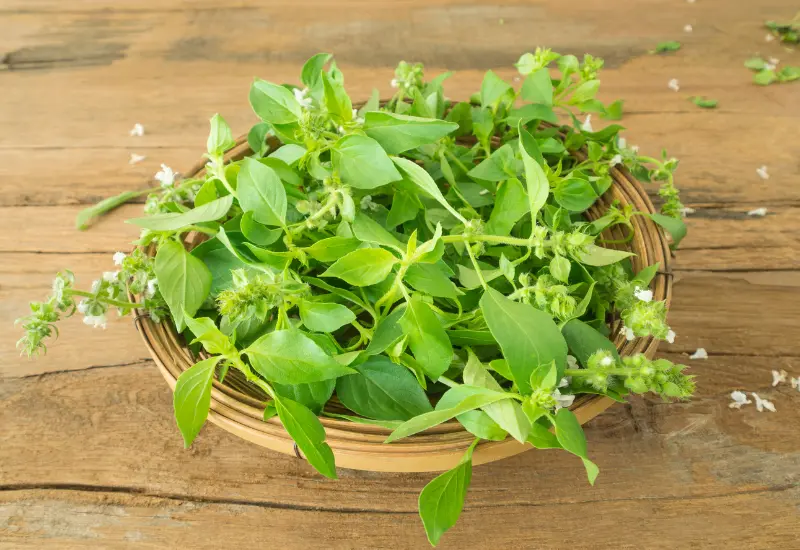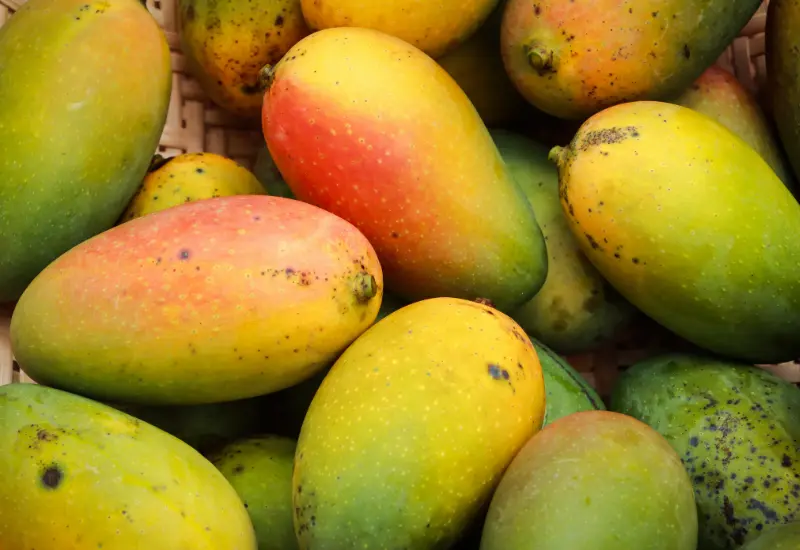In Nigeria, hake fish is one of the best-selling sea foods. We eat it as roasted, smoked, or fried fish in a variety of homemade or canteen-served meals. As is customary when giving local names to food items, many Nigerians refer to hake fish as “panla.”
Another noteworthy aspect of hake fish is that, due to their striking similarities, we frequently confuse it with codfish. Are there any differences between the two? Where do hake fishes originate from? How nutrient-dense is hake fish among sea foods? Let’s find out.
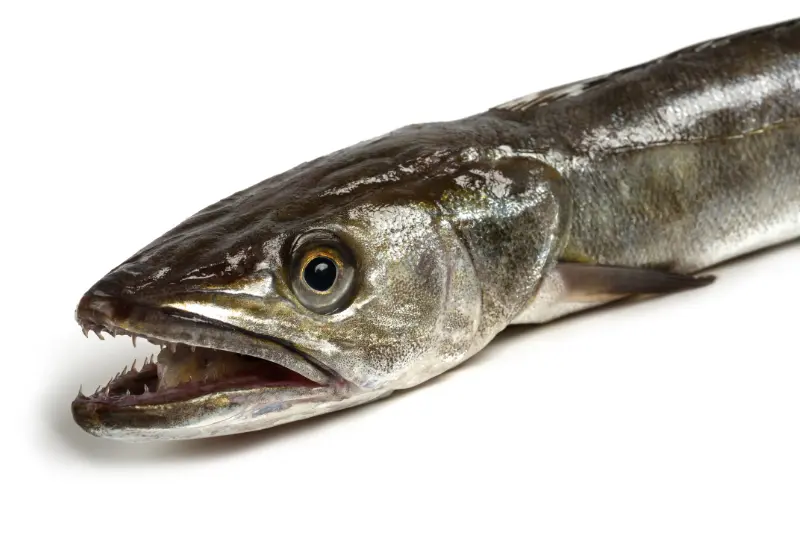
Where Did Hake Fish Originate?
At depths between 200 and 350 meters, quakes are commonly encountered in both the Atlantic and Pacific oceans. Hakes lay eggs in bodies of water during spawning, which is how they reproduce. Before moving to the sea floor as baby fish, the eggs develop into larvae on the water’s surface. Hakes have a lifespan of more than ten years.
Like the majority of other fish, hake are caught by trawling. This entails fastening a trawl—a net—to a boat. The trawl swoops in a fish catch while the boat skims the sea’s surface.
As a species, hakes are members of the Merlucciidae family of fish, which also includes the codfish, another closely related species. Despite having similar outward appearances, the two fish have different textures and flavors.
Because of its more vibrant flavor, codfish is frequently served with light meals that feature fish as a main ingredient. Pasta, potatoes, and fries are examples of such foods. On the other hand, hake works well with soups, stews, and dishes that call for a longer cooking time or that call for tomatoes and peppers. Cod can become delicate when overcooked, whereas hake have been seen to be pliable when heated.
Both fish species are able to adjust to alternative methods of cooking, including deep-frying, baking, smoking, and frying. The Merlucciidae family of fishes also includes burbots, pollocks, and haddocks.
Hakes’ Nutritious Content
Hakes are low-calorie fishes. 100 grams of hake fish contains about 90 calories (the same measure of beef contains 250 calories). Hakes are a great fit for all consumers and can seamlessly fit into weight loss diets.
A nutritional breakdown of hake reveals that 100g of hake contains:
66mg of cholesterol
261mg of sodium
20g of protein
0.7% DV of total fats.
3% DV of Vitamin D
1% DV of Calcium
7% DV of Potassium
1.3% DV of iron.
The estimated value of nutrients that a person should consume based on a diet of 2000 calories is known as the Daily Value, or DV.
Hakes have several health advantages, such as:
Body Buildup: Hakes enhance the structural development of the body because they are high in proteins, which are essential for the growth of our cells, tissues, and organs.
Good supply of vital nutrients: Eating hake fish provides potassium, calcium, and magnesium, all of which are important for the health of our cells and neurons.
Antioxidant qualities: Phosphorus and selenium, a vitamin with strong anti-inflammatory and antioxidant qualities, are found in hake.
The Best Ways to Cook Hake Fish
Hakes can be prepared in a variety of ways since they maintain their flavor and texture even when exposed to high temperatures. These techniques can also change according to the meal’s requirements or personal tastes (smoked fish, for example, goes well with efo riro).
1. Cooking (Boiling or Poaching)
Hake can be cooked gently by poaching or boiling it, which infuses the flavors of the cooking liquid into it while maintaining its delicate texture. Hake is a great option for soups and stews since it can withstand heat without breaking down.
Ideal for: traditional soups (like Nigerian pepper soup), seafood stews, and light broths.
How to Cook: Add the hake to water or a seasoned broth with garlic, onions, and spices. Let it simmer gently for 8 to 12 minutes.
Why It Is Effective: Unlike cod, which flakes readily, hake is sufficiently robust to maintain its shape, making it a popular choice for soup-based recipes.
2. The act of smoking
Hake gets a crisp, flaky texture and a deep, smoky flavor from smoking. Additionally, this technique prolongs the fish’s shelf life. You can eat smoked hake by itself or add it to other recipes.
Perfect for: pasta dishes, smoked fish salads, or as a tasty garnish for fried rice and yam porridge.
How to Smoke: Depending on the level of smokiness you want, salt or brine the hake and then put it in a smoker with wood chips for a few hours.
Why It Works: Smoking intensifies the fish’s natural oils, giving it a deeper flavor and making it perfect for recipes that require a strong flavor.
3. Deep-Frying
Hake retains its moisture and tenderness while gaining a crispy golden coating from deep-frying. This technique is well-liked for producing rich and tasty meals.
Perfect with: a chilled bowl of garri (cassave flakes), fish and chips, or as a snack with dipping sauces.
How to Deep-Fry: Dip the hake into a mixture of bread crumbs or seasoned batter, then cook it in heated oil (approximately 350°F/175°C) until it turns golden brown. Use paper towels to absorb extra oil.
Why It Works: Hake is a popular addition to fried foods because of its mild flavor and thick, crunchy coating.
4. Frying (either shallow-frying or pan-frying)
A speedier technique that keeps the inside moist and creates a tasty crust is pan-frying. This technique works nicely with a little marinade or a little seasoning.
Perfect for: Served in sandwiches, as an accompaniment to sautéed veggies, or paired with rice dishes.
How to Fry: Heat a little butter or oil in a skillet, add salt, pepper, and spices to the hake, and cook for 3 to 5 minutes on each side, or until golden brown.
The Reason It Works: The fish’s inherent sweetness is enhanced, and a delicate crunch is added when the surface is caramelized by the direct heat.
Where in Nigeria can I purchase hake fish?
Muveet offers a 100% freshness and quality guarantee when you purchase hake seafood. We source hakes and all other seafood directly from suppliers thanks to our procurement, packaging, and distribution procedures.
As of this writing, 1 kg of hake fish only costs N3899. Additionally, you save nearly N2000 overall when you purchase a carton (10 kg) of hake fish, which costs N37,059.
Additionally, you can purchase from the majority of cold room establishments in your area, which are owned by frozen food entrepreneurs. When purchasing, keep an eye out for the fish’s firmness; fresh fish will always feel firm to the touch. Additionally, keep an eye out for any strange smells, since these could be signs of spoiling.
Pairing hake fish with nutrient-rich vegetables like tomatoes can create a balanced and flavorful meal. Additionally, enhancing the taste of hake fish with herbs such as scent leaf can add a unique flavor and offer extra health benefits.

